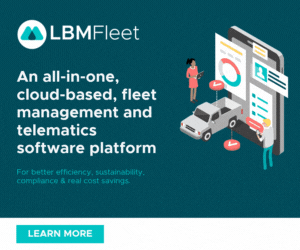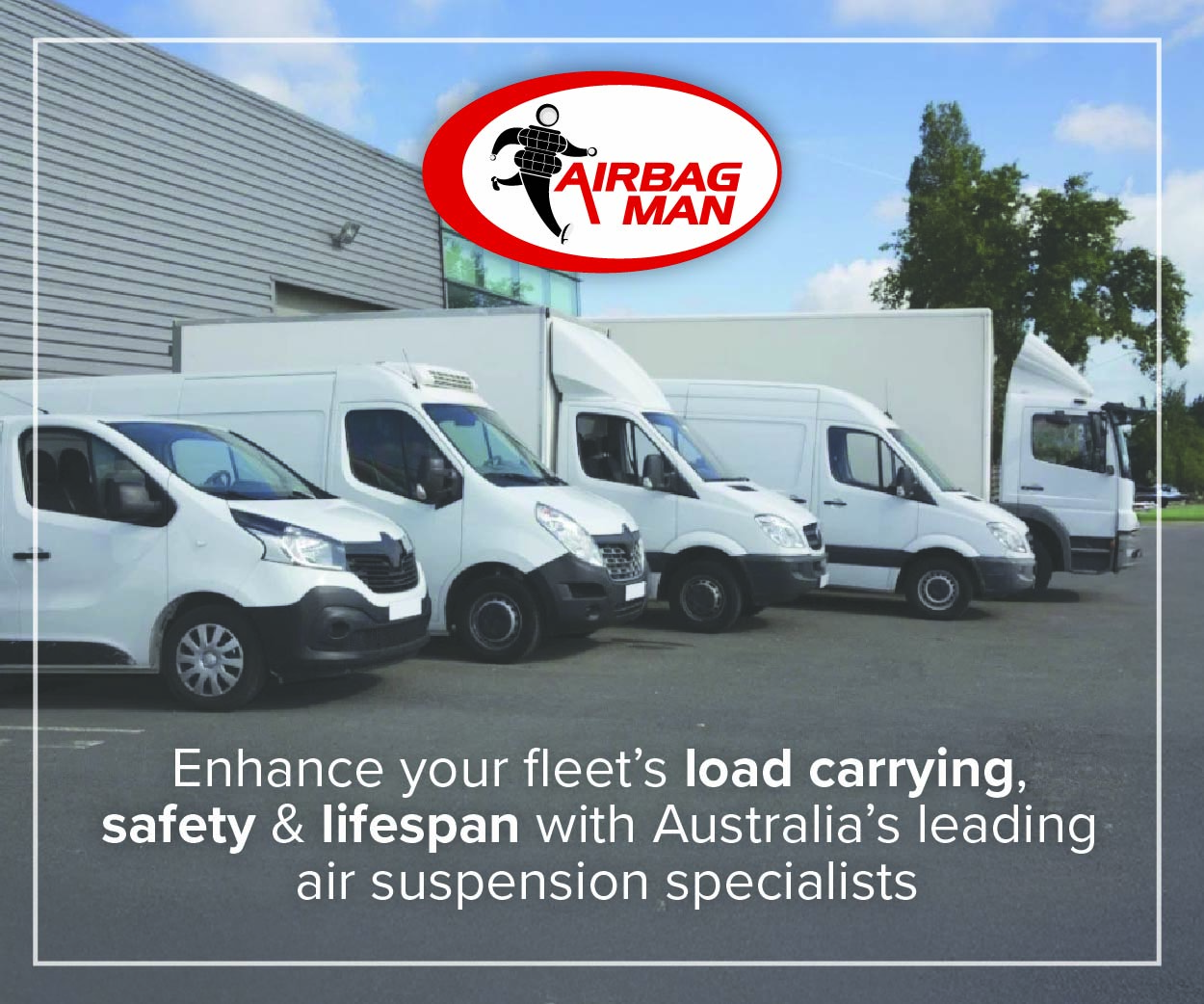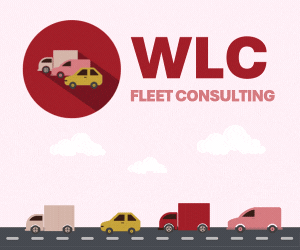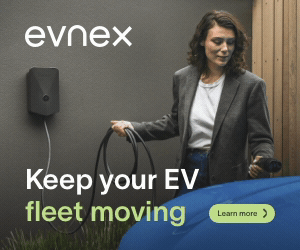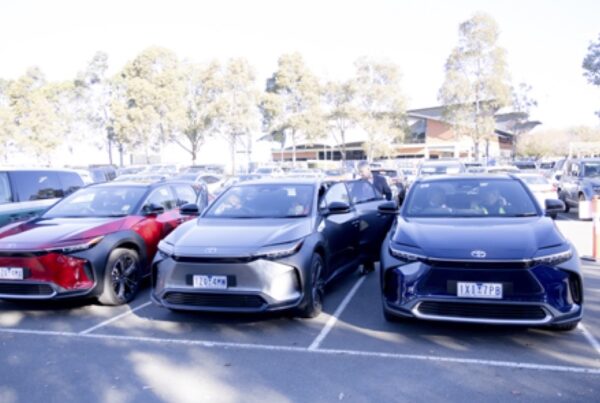As Australia accelerates its efforts to electrify its vehicle fleet and reduce carbon emissions, several organisations are emerging as leaders in this journey.
Three examples of these organisations were featured in a panel discussion called Success with Decarbonisation at the 2024 Australasian Fleet Leadership and Education Summit held in Sydney. Here’s how they approached their goals:
Transport for NSW: Accelerating Fleet Electrification
Transport for NSW manages a fleet of approximately 2,700 passenger and light commercial vehicles and is at the forefront of fleet electrification in Australia. The organisation is not only transitioning its fleet but also optimising its fleet policy framework.
Among their achievements is the early adoption of electric vehicles. Transport for NSW has transitioned 7 per cent of its fleet to EVs and plans to expand this significantly, targeting a broader rollout to 26 sites next year.
On the side of policy development, they’ve updated their fleet policy framework to prioritise EV procurement. Their new policies ensure that any new passenger vehicles are EVs unless exceptions are justified.
Aligning with the Net Zero Climate Policy, Transport for NSW aims to fully transition its fleet by 2030, ahead of the broader government program.
During the panel discussion, Charlotte Rasmussen, Project Manager for Transport for NSW, highlighted that strong executive support has been crucial in prioritising EV integration and addressing challenges. Furthermore, a comprehensive policy framework that involved updating their motor vehicle policy, car parking policy, and asset management framework has streamlined the transition process and is crucial to their success.
Sydney Water: Comprehensive Electrification Approach
Sydney Water, with a fleet of 850 vehicles and an additional 500 major plant assets, has embraced a comprehensive approach to fleet decarbonisation.
They have successfully removed a substantial portion of their internal combustion engine (ICE) vehicles and replaced them with EVs. This shift has been facilitated by a strategic approach to fleet management and stakeholder engagement.
The organisation also aims for carbon neutrality by 2030, and the fleet contributes significantly to this goal by addressing 12 per cent of the total emissions.
According to John Little, Fleet Manager for Sydney Water, stakeholder engagement has been crucial to their success. They have involved executives and operational staff to build support and understanding for the transition.
They have also hosted drive days and provided regular updates to help overcome resistance and educate their staff on the benefits of EVs.
Splend: Leading the Rideshare Revolution
Splend, a leading provider of subscription vehicles for the rideshare industry, has made significant strides in transitioning its fleet to zero-emission vehicles. With operations in Australia and the UK, the company is committed to accelerating the shift to sustainable mobility.
They have increased their EV fleet to over 40 per cent in Australia, with global figures exceeding 50 per cent. In 2023, their fleet travelled 151 million kilometres, demonstrating the scale of their impact.
By transitioning to EVs, Splend has achieved cost savings for their customers and benefitted from incentives provided by rideshare platforms like Uber.
Philip Clump, Chief Commercial Officer for Splend, says customer education is an important part of their efforts. They focus on showing customers the benefits of EVs, including their potential for cost savings and improved driver ratings.
In addition, the company’s subscription model and partnerships with rideshare platforms have facilitated the adoption of EVs, making them an attractive option for drivers.
Q&A Insights: Navigating the Challenges of Fleet Decarbonisation
During the Q&A session, the panelists shared their insights on how to navigate challenges in fleet decarbonisation.
Home Charging: Topping up EV batteries at home has been identified as a significant concern for many organisations. Mr Little shared that their approach at Sydney Water involves addressing several key factors: insurance considerations, safety, and the practicality of reimbursement for home charging. They are currently evaluating how best to manage these aspects as part of their broader fleet engagement strategy.
Public Charging Solutions: When it comes to public charging, both Splend and Sydney Water provide RFID cards for access to charging stations. According to the panel, a review of public charging infrastructure and potential centralisation of charging solutions was mentioned as a critical step forward.
Overcoming Decarbonisation Myths: According to Mr Clump, range anxiety isn’t as prevalent as many think. He explained that the bigger issue is forward planning and ensuring access to charging infrastructure. At Splend, they advise drivers to take as many charging opportunities as possible because even ten to twenty minutes of charging can be beneficial. Another myth, according to Ms Rasmussen, is that transitioning to EVs is the only way to decarbonise. She said that it’s crucial to assess how a fleet is utilised and consider alternative transportation options.
Driver Behaviour and Training: The panel agreed that changing driver behaviour is crucial for successful EV integration. According to Mr Little, Sydney Water educated drivers on optimal charging practices, such as utilising short charging sessions throughout the day rather than waiting for a full charge. Meanwhile, at Splend, their focus is on teaching drivers about one-pedal driving for cost savings and range extension.
Government Support and Infrastructure: The panel highlighted the importance of government support for decarbonisation. Ms Rasmussen noted that while existing incentives are helpful, there is a need for more centralised charging solutions and improved infrastructure. She suggested the development of a unified charging card system and enhanced support for faster and more affordable charging options.
Incentives vs. Penalties: According to the panel, both penalties and incentives have a place in influencing driver behaviour, but it’s about finding a balance. At Transport for NSW, they’ve implemented a governance framework with penalties for non-compliance, but they’ve seen more interest when they offer financial support and funding for transitioning to EVs. Meanwhile, at Splend, Mr Clump said incentives like reduced operating costs and increased earning opportunities have accelerated the transition to EVs, especially on rideshare platforms.
Feedback and Continuous Improvement: Collecting and acting on feedback from drivers has proven valuable in refining the EV experience, according to the panel. Mr Little, said that their drivers feel EVs have exceeded their expectations and that they appreciate modern features and reduced fatigue from one-pedal driving. On the other hand, Mr Clump said that they’ve received both positive and negative feedback from their drivers, and they use this to continuously improve the EV experience. He said that they engage with drivers regularly to address their concerns.
Looking Ahead
These case studies showcase how different organisations are tackling the complexities of fleet electrification. The successes of Transport for NSW, Sydney Water, and Splend provide valuable insights into effective strategies, from policy development and stakeholder engagement to innovative business models and customer education.
As Australia continues its journey towards a more sustainable transport system, these examples not only show the progress being made but also offers a roadmap for others to follow.




